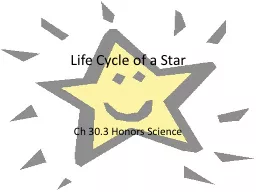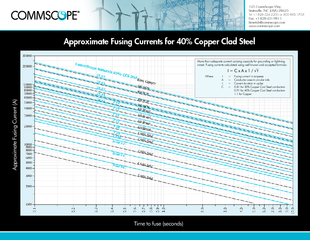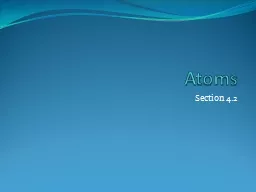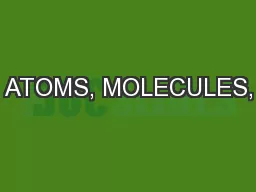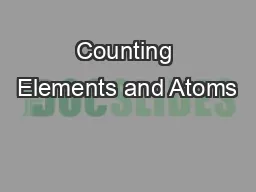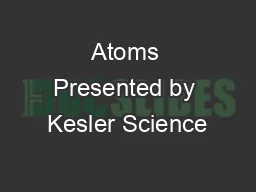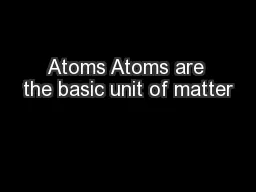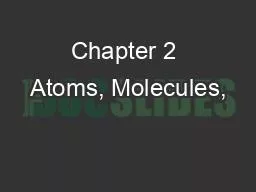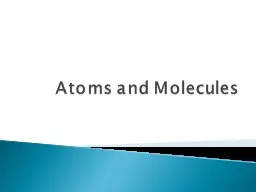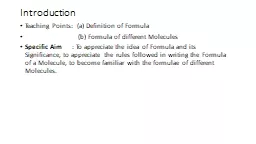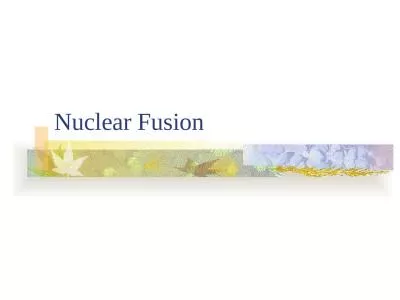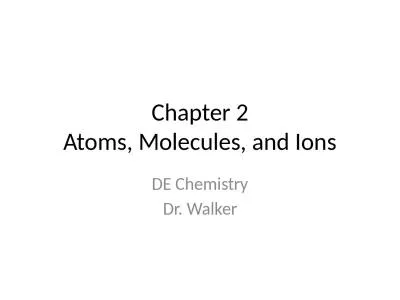PPT-Question of the day : Fusion – What is it? So if you have two H atoms fusing what element
Author : sequest | Published Date : 2020-06-30
Objective I can outline the life cycle of a star Honors HW Work on your check off sheet Turn in all missing assignments so you can go to reward day Thursday H
Presentation Embed Code
Download Presentation
Download Presentation The PPT/PDF document "Question of the day : Fusion – What i..." is the property of its rightful owner. Permission is granted to download and print the materials on this website for personal, non-commercial use only, and to display it on your personal computer provided you do not modify the materials and that you retain all copyright notices contained in the materials. By downloading content from our website, you accept the terms of this agreement.
Question of the day : Fusion – What is it? So if you have two H atoms fusing what element: Transcript
Download Rules Of Document
"Question of the day : Fusion – What is it? So if you have two H atoms fusing what element"The content belongs to its owner. You may download and print it for personal use, without modification, and keep all copyright notices. By downloading, you agree to these terms.
Related Documents

